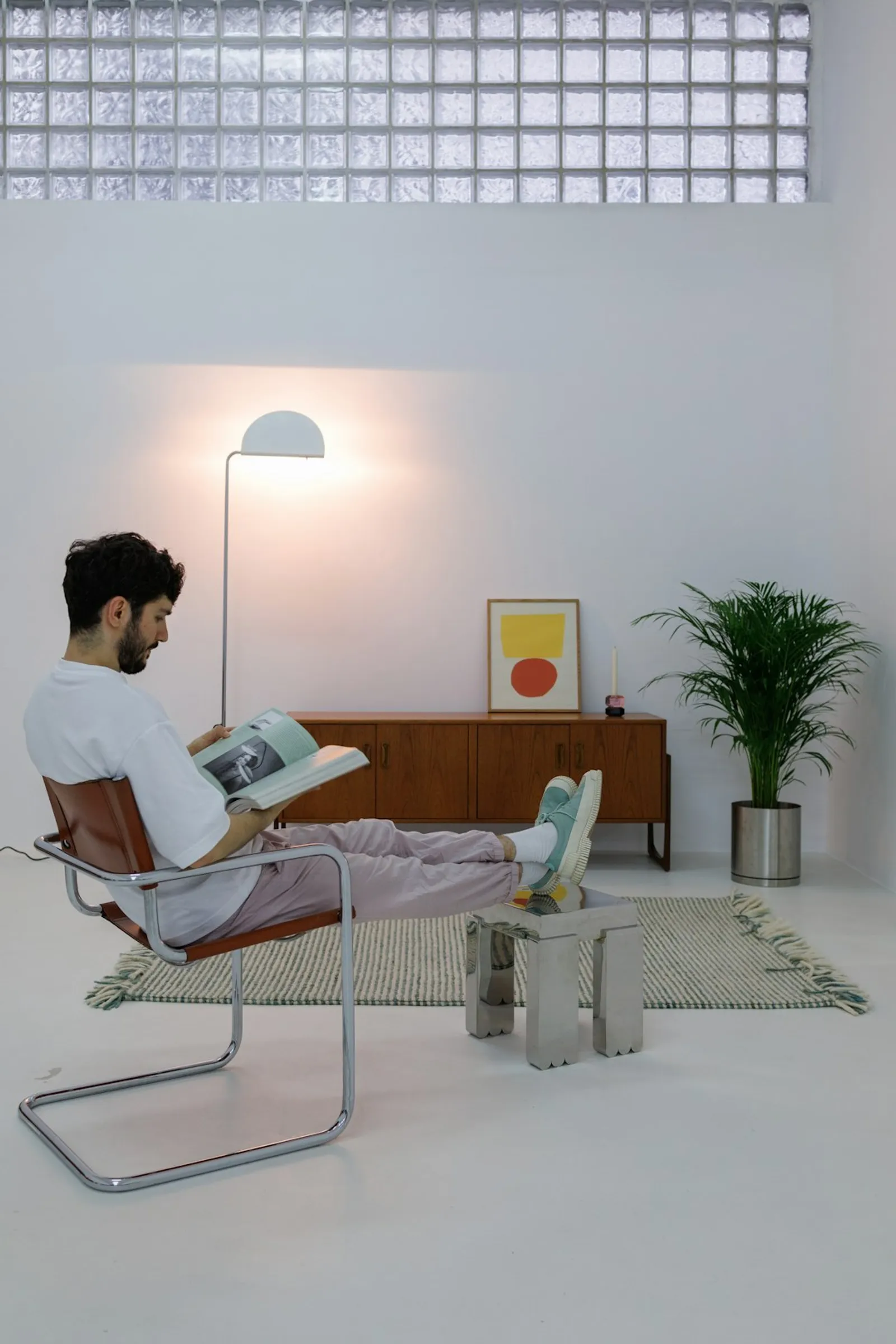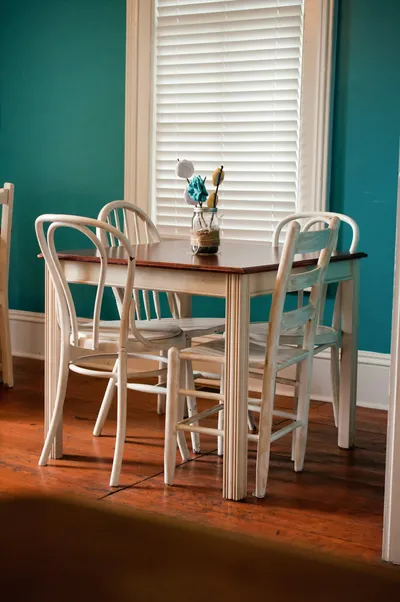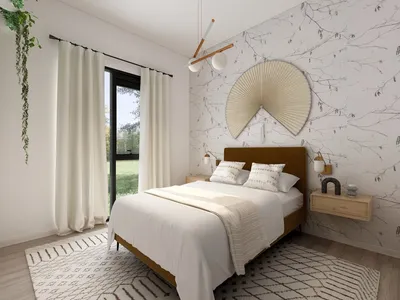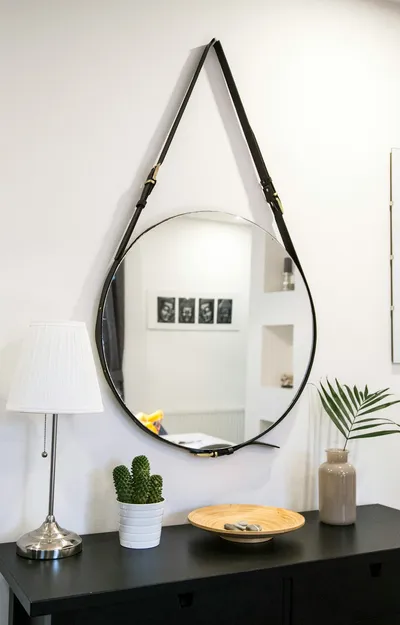Exploring the Influence of Mid-Century Modern on Today's Furniture Trends

When it comes to furniture design, few styles have had as much lasting impact as mid-century modern. Characterized by its clean lines, functional forms, and a penchant for marrying form with function, mid-century modern design continues to influence contemporary furniture trends. In this article, we delve into how elements of this iconic style have permeated today's design ethos, creating pieces that are both timeless and trendy.
Defining Mid-Century Modern
The Origins
Mid-century modern design originated in the mid-20th century, spanning from the 1940s to the 1960s. It emerged as a response to the post-war era's call for simplicity and efficiency, combining sleek aesthetics with practical functionality. Influential designers like Charles and Ray Eames, Eero Saarinen, and George Nelson spearheaded this movement, creating iconic pieces that are still revered today.
Key Characteristics
The hallmark features of mid-century modern furniture include clean, unadorned lines, organic shapes, and the use of new materials like molded plywood, plastic, and metal. The focus was on creating pieces that were both beautiful and functional, often with a minimalist approach.
Mid-Century Modern in Today's Trends
Timeless Aesthetics
The aesthetic appeal of mid-century modern design has proven to be timeless. Today's furniture designers continue to draw inspiration from the style's clean lines and simple forms. This enduring appeal is evident in contemporary pieces that blend seamlessly with minimalist interiors, emphasizing a clutter-free, sophisticated look.
Functional Elegance
One of the key tenets of mid-century modern design is its emphasis on functionality. Modern furniture continues to embrace this principle, crafting pieces that serve multiple purposes while maintaining a sleek appearance. From modular sofas that adapt to various configurations to storage units that double as decorative elements, the influence of functional elegance is unmistakable.
Modern Materials, Vintage Inspiration
While mid-century modern design initially explored new materials like plastic and plywood, today's trends incorporate these materials in innovative ways. For instance, contemporary designers are experimenting with sustainable materials and eco-friendly construction techniques, echoing the original ethos of innovation and practicality.
Mid-Century Modern Icons in Contemporary Spaces
Statement Pieces
Incorporating iconic mid-century modern pieces into contemporary interiors has become a popular trend. Whether it's an Eames lounge chair or a Saarinen tulip table, these statement pieces bring a touch of retro charm while maintaining modern relevance.
Blending Eras
Another emerging trend is the eclectic mix of mid-century modern with other design styles. Designers are skillfully blending mid-century pieces with bohemian, industrial, and even traditional elements, creating unique and personalized spaces that reflect a confluence of eras and influences.
Conclusion
Mid-century modern design continues to leave an indelible mark on the world of furniture design. Its principles of simplicity, functionality, and aesthetic integrity resonate with today's designers and consumers, ensuring its relevance for years to come. By understanding and appreciating the roots of mid-century modern, we can better navigate the evolving landscape of contemporary furniture trends.



